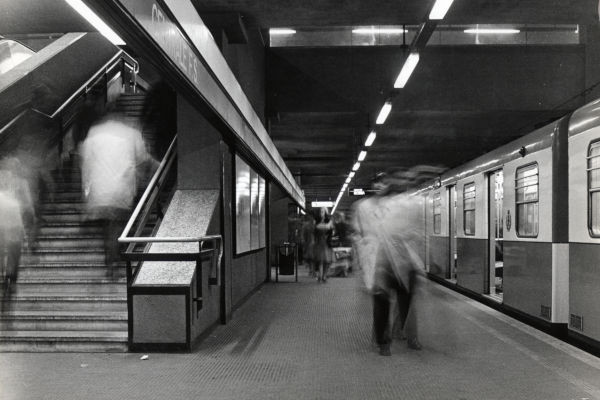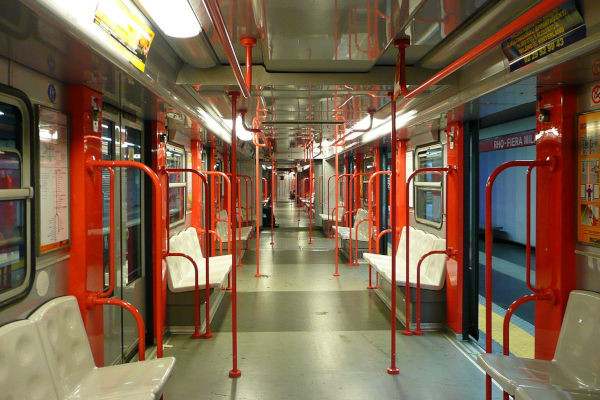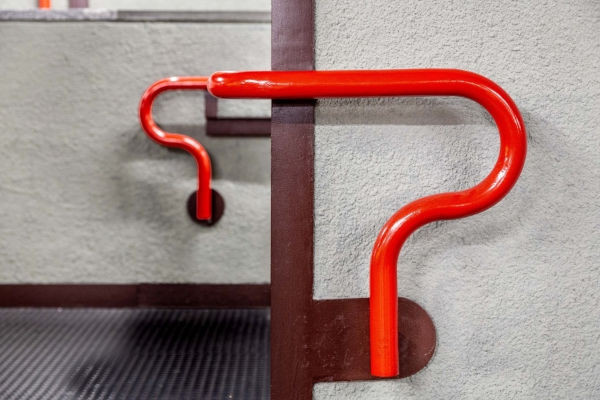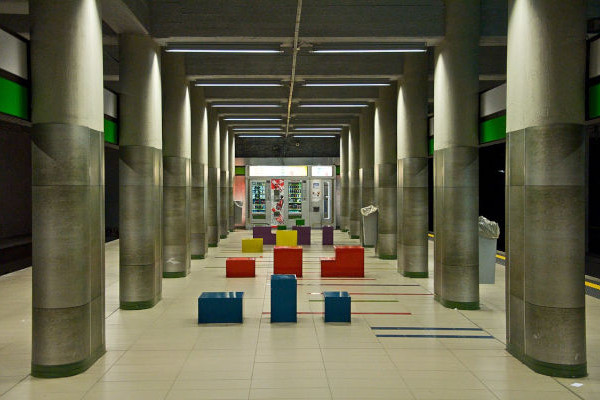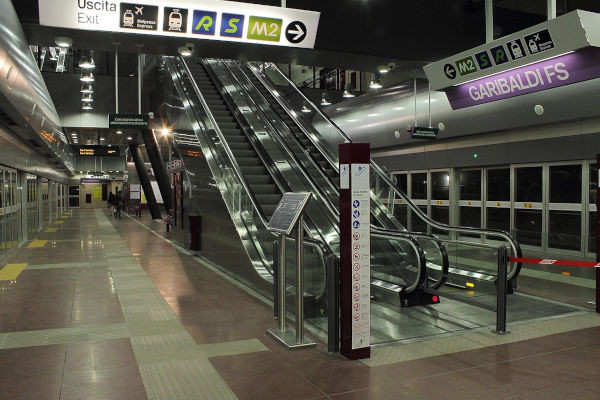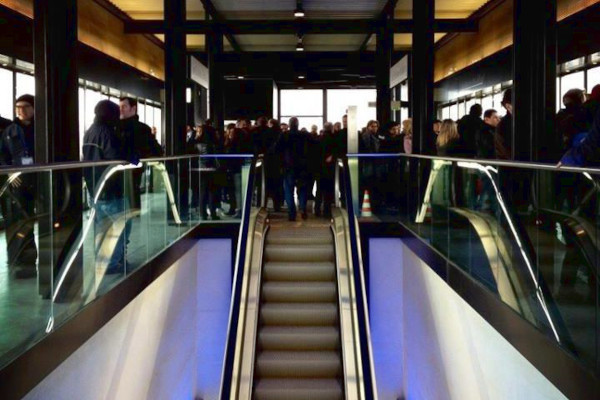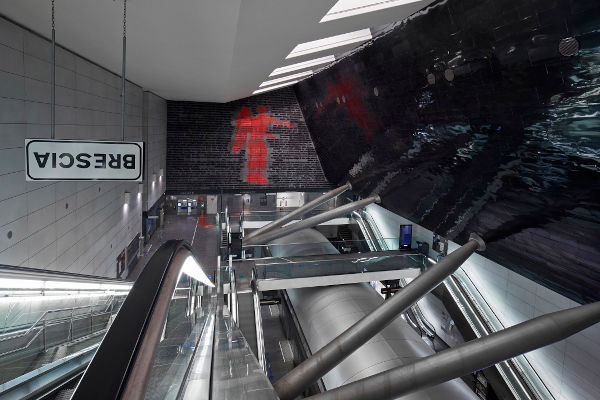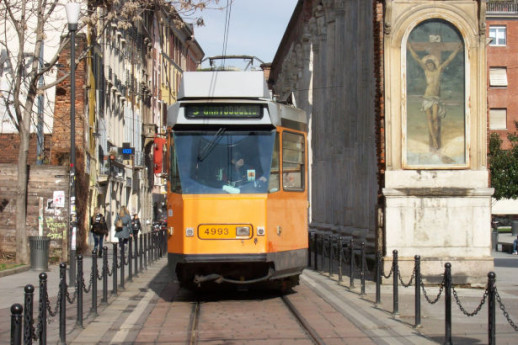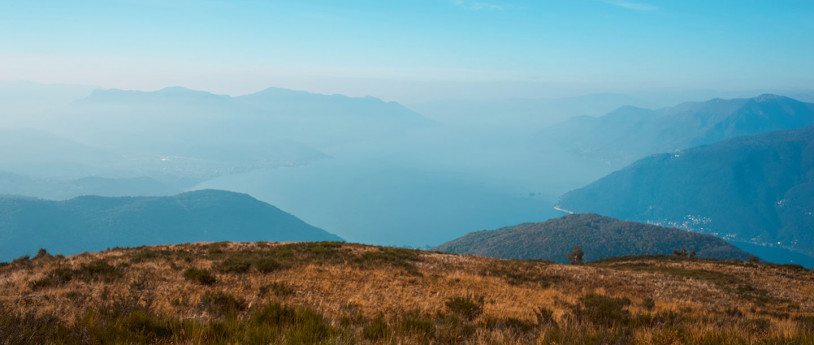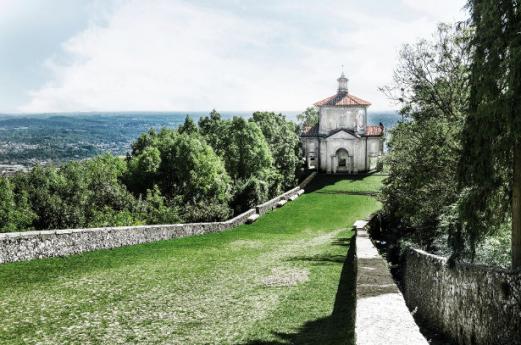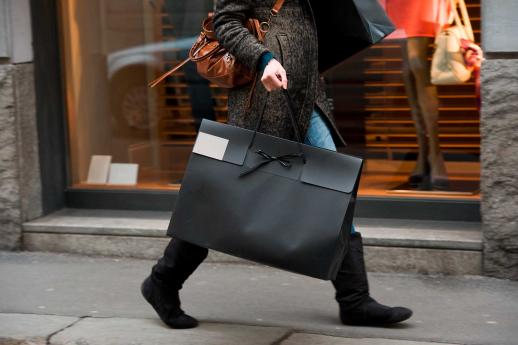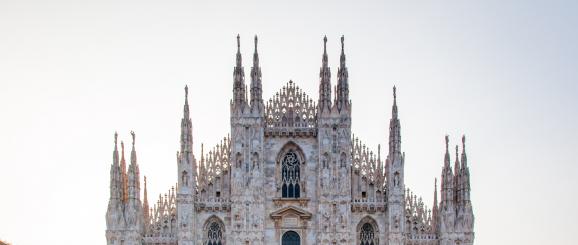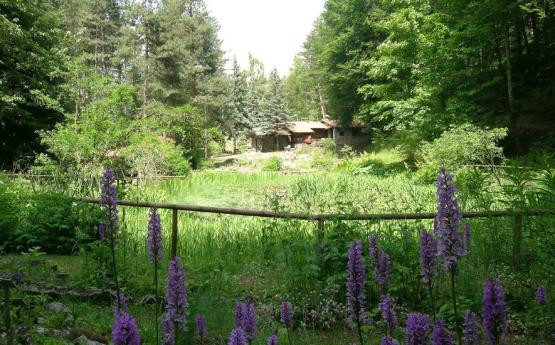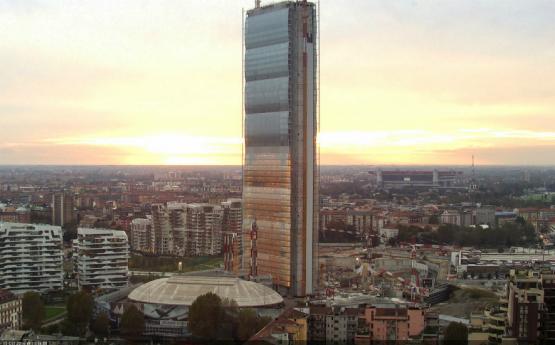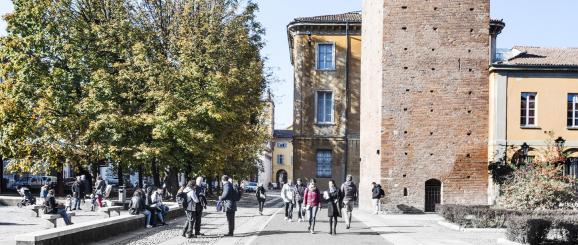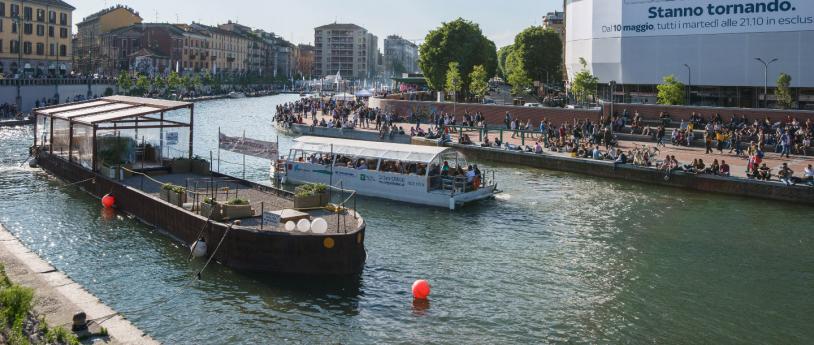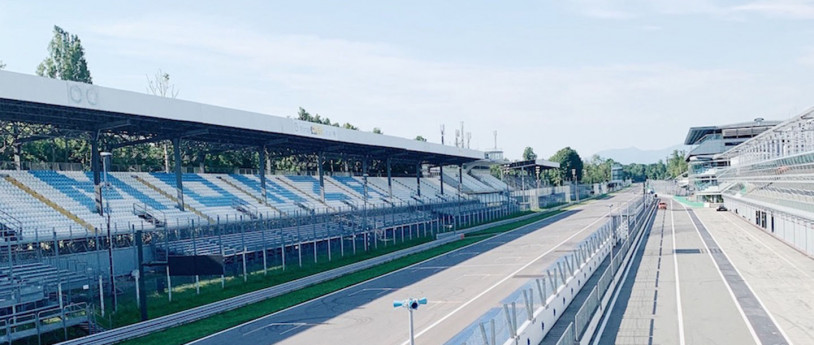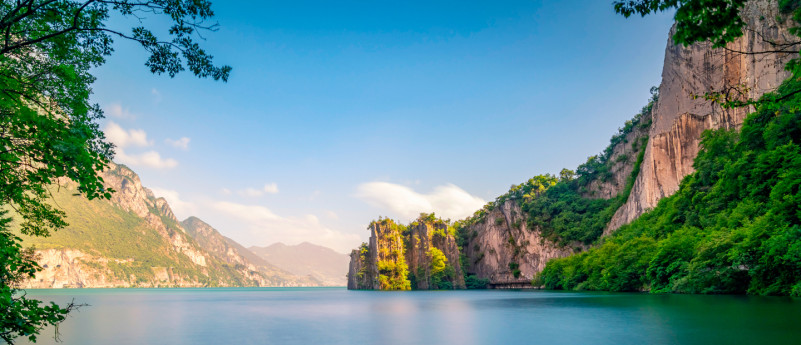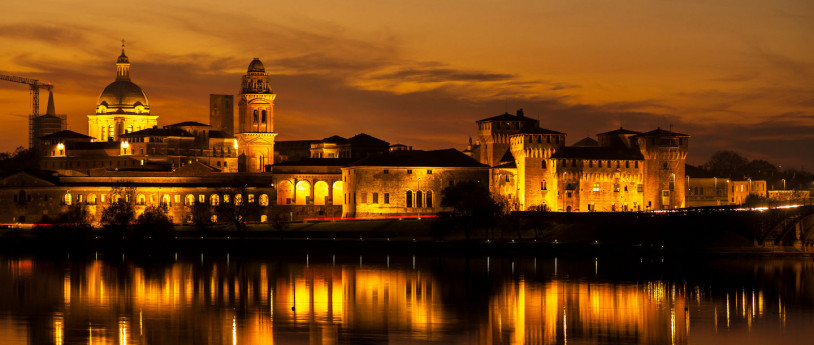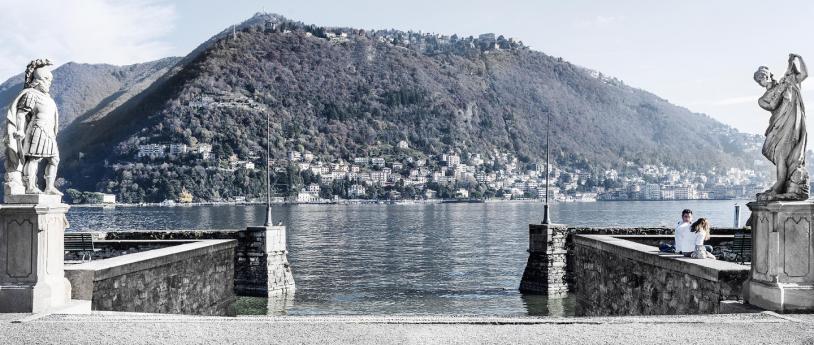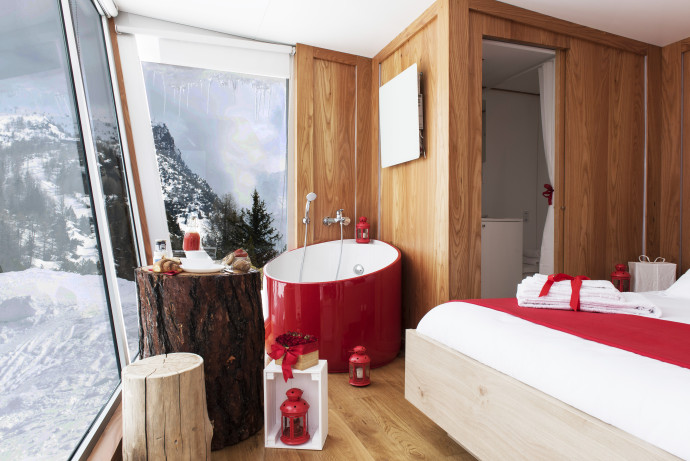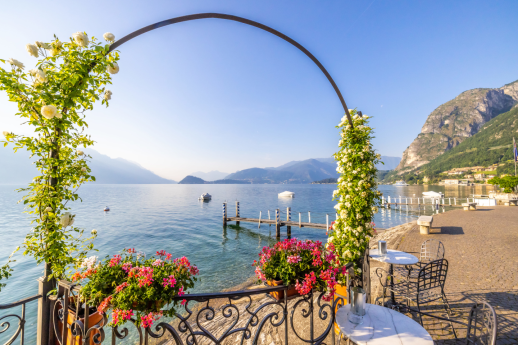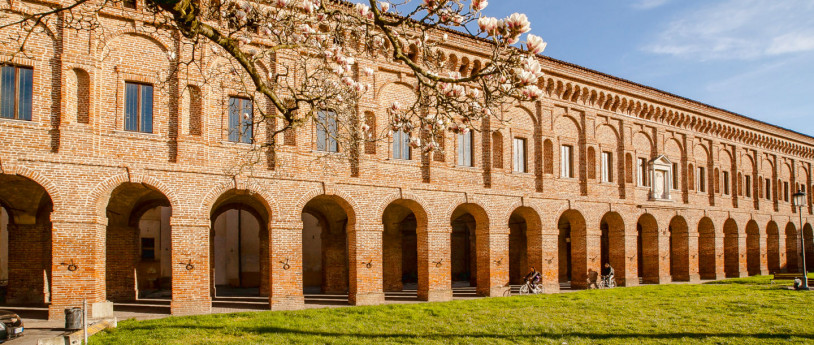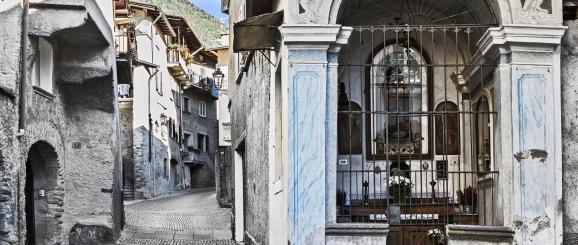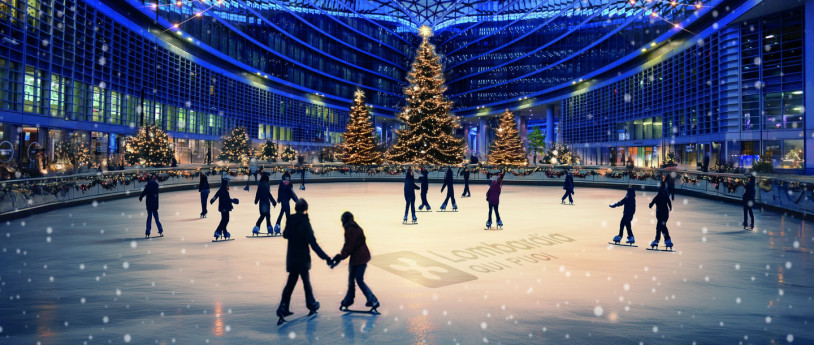- Lifestyle
Travelling by underground in Lombardy: between history and curiosity
Red M1, Green M2, Yellow M3, Lilac M5, Blue M4: the lines of the Milan underground network, in colour, tell a story that goes back to 1964. MetroBS, on the other hand, is the name of Brescia's underground railway network, which dates back to 2013.
Milan and Brescia are the only two cities in Lombardy to have an underground railway network and both can boast (opposite) "firsts". The Milan underground MM is the most extensive in Italy, has the most stations, lines and passengers per year (over 365 million). Brescia has just one line and has the smallest population (approx. 200.000) of the seven cities in Italy to have an underground railway network.
Travelling safely on the underground in Lombardy
Before we set out together on a journey into history and among the curious features of the two Lombardy cities to boast an underground, let's go over the rules for travelling on public transport in the Covid "yellow zone". Milan's ATM underground network and Metro Brescia are fully functional, but with capacity capped at 50%, an obligation to wear a face masks and seating only where permitted. Carriages and stations are sanitised daily. Here is the guide for travel on Milan public transport and the travel rules in Brescia.
Are you ready, together, to discover the surprisingly close connection between public transport, culture, the arts and communication? Let's go over the history of the two Lombardy-based undergrounds, discovering their curious features.
The Milan underground, from its origins to today.
The excavations for building M1 began in 1957, starting at Buorarroti station, proceeding to Lotto, Duomo and onwards up to Sesto Marelli station. The line was opened in 1964 and is called "la Rossa" ("the Red Line"), because red and white (the colours of Milan's coat-of-arms) were chosen for the trains and signals. Since then, the various colours identifying the lines have been used for maps, trains and furnishings. In 1969 the Green Line was opened and, a whole 21 years later, the Yellow Line (1990). In 2013, automated and driverless, the Lilac-coloured M5 made its arrival, overtaking the construction timetable for the Blue M4, expected in 2023.
Milan's Red Line: a Compasso d'Oro project
In 1964 the project team that prepared the groundwork and the signalling for the M1 line won the prestigious Compasso d'Oro ("Golden Compass") design award. The jury granted the award to the architectural studio of Franco Albini and Franca Helg with Antonio Piva and Bob Noorda, for their use of means of communication to lend the architectural environment character, with their study for coordinated signalling, and for having organised the internal environment - technologically and in terms of the innovative language of the materials used. To this day, the Franco Albini Foundation welcomes guided and online tours to the studio where you can see the designers at work on the "greatest achievement in social design" as Albini himself defines it.
Milan underground: curious features and numbers
Watch your language: in Milan people say "the number 33" (masculine), but "the Red Line" (feminine). However, "metro" is masculine, if pronounced like in French. Some stations have strange names, such as "Porto di Mare" ("Sea Port"). In actual fact, this station comes out in an area designated for a river port on the Navigli-Po canal (1917), which was never completed. "Molino Dorino" ("Dorino Mill") owes its name to the last water mill in Milan (17th century) and the designation "QT8" refers to "Eighth Trienniale Quarter", a quarter designed by Piero Bottoni in 1947 for the 8th Triennale di Milano exhibition...
Of the 30 oldest underground railway networks in the world (there are now over 160), the one in Milan has almost 100 km of track and runs not only underground but also overground, in a trench or on the flat. Certainly, some of now 113 stations (19 outside the city) run very deep: Lotto, on the Lilac Line, goes down 25 m, and Dateo, on the Blue Line, goes down 32 m below the surface.
In Brescia art takes the underground
The Brescia light underground railway is automated, like the Lilac Line in Milan, and is only 13.7 km long and has 17 stations which connect the north and south-east of the city. This modern technological achievement is illuminated naturally using large skylights with transparent elevator lifts, and platform doors which are synchronised with those on the trains.
If Bresciadue station is devoted to business, from the floor of San Faustino station you can admire the ruins of the Veneto walls of Brescia (Brescia is known as "the Lioness"), while the mainline railway station (FS) houses contemporary art. This is where you can actually find an installation by Vittorio Isgrò, l"Incancellabile Vittoria" (the "Indelible Victory"), which pays homage to the return to the city of the Vittoria Alata statue after it had been restored.
